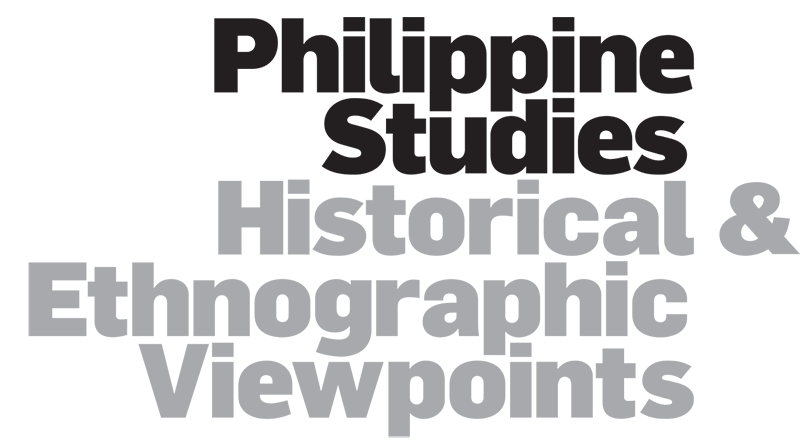Urban Mobility and a Healthy City: Intertwined Transport and Public Health Policies in American-Colonial Manila
Michael D. Pante: Ateneo de Manila University
DOI: https://dx.doi.org/Abstract
During the early American-colonial period (1898–1913) mobility and public health became intertwined policy areas. Innovations in transport technology and infrastructure were introduced to “cure” Manila’s unhealthy geography. In 1906 the Municipal Board institutionalized health and mobility as twin concerns by establishing the Department of Sanitation and Transportation. Intertwining health and mobility seemed rational for colonial governance, but its irrationalities soon came to light. In dissecting this understudied aspect of American colonialism, this article provides new insights not just on the links between empire and technology but also on the concept of the colonial city as applied to early–twentieth-century Manila.
Keywords: urban transportation • tropical medicine • municipal governance • colonial city











